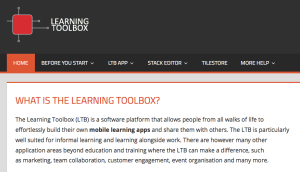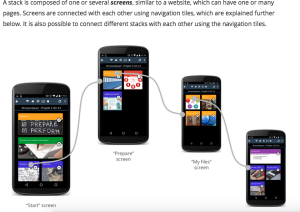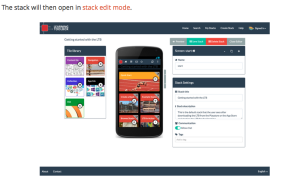150 blogs on Learning Layers project – 200 altogether on Pontydysgu site
I have come back from my summer break – but not back to work and normal business. During my holidays I had to run through a series of medical tests/investigations and now I am on sick leave for some time. I do not want to go into details – some investigations are yet to come – but I know enough that I have to take a break from my normal work. This gives me a reason to spell out some thoughts on my blogging on this site. It so happens that I have reached the milestone of 150 blogs on our ongoing EU-funded Learning Layers (LL) project and altogether the milestone of 200 blogs on Pontydysgu site.
In general, such numbers are not great achievements – veteran bloggers count their posts in thousands, not hundreds. And indeed, during my first years as a blogger I was not so successful in finding my approach and ways to work forward. With my first blog “I-Europe” I tried to stimulate a debate on European initiatives to promote vocational education and training (VET). Unfortunately, these entries were not so well grounded and attracted little attention. With my second attempt – with my new blog “Working & Learning” – I tried get closer to the work of European projects and educational debates. Yet – for some time this remained at the level of irregular scraping. Some of the projects of that time were perhaps not that inspiring or they required blogging (or similar writings) on other platforms. Therefore, I had made some experiences but had not really found my own way of blogging.
This all changed with the start of the EU-funded Learning Layers (LL) project in 2012. The project has required us (ITB – research institute with focus on VET and learning in the context of work) to face new challenges. It has not been merely a matter of introducing new learning technologies and new learning concepts to the field (and study the impact). The project has been far more innovative in terms of exploring different options, involving users in co-design & co-development and in engaging us as VET researchers in different roles as co-developers, co-tutors and co-testers of new tools. From this perspective I have had the challenges and the opportunities to produce a more or less regular flow of blogs on new project activities, observations on parallel developments, links to inspiring research or to policies that have an impact on our work. And, moreover, the flow of blogs has not merely been recording of events, debates and happenings – they provide insights into our learning processes as research partners, developers and application partners. In particular they provide insights into our transformation from explorers to change agents and interpreters of the changes.
Having said all this I feel sad that I cannot continue with the intensive observation and documentation of field activities in the same way as I have done so far. From now on I have to take the role of listener and thinker. Perhaps that is also a positive turn in its way – after all, the rich project experience needs to be digested and interpreted in conceptual terms. And surely, our experiences as accompanying researchers differ from the traditional patterns of doing such research. But, as I said in the beginning, I have to take some time out of regular project work to get myself fit. Nevertheless, I will be around.
More blogs to come …



